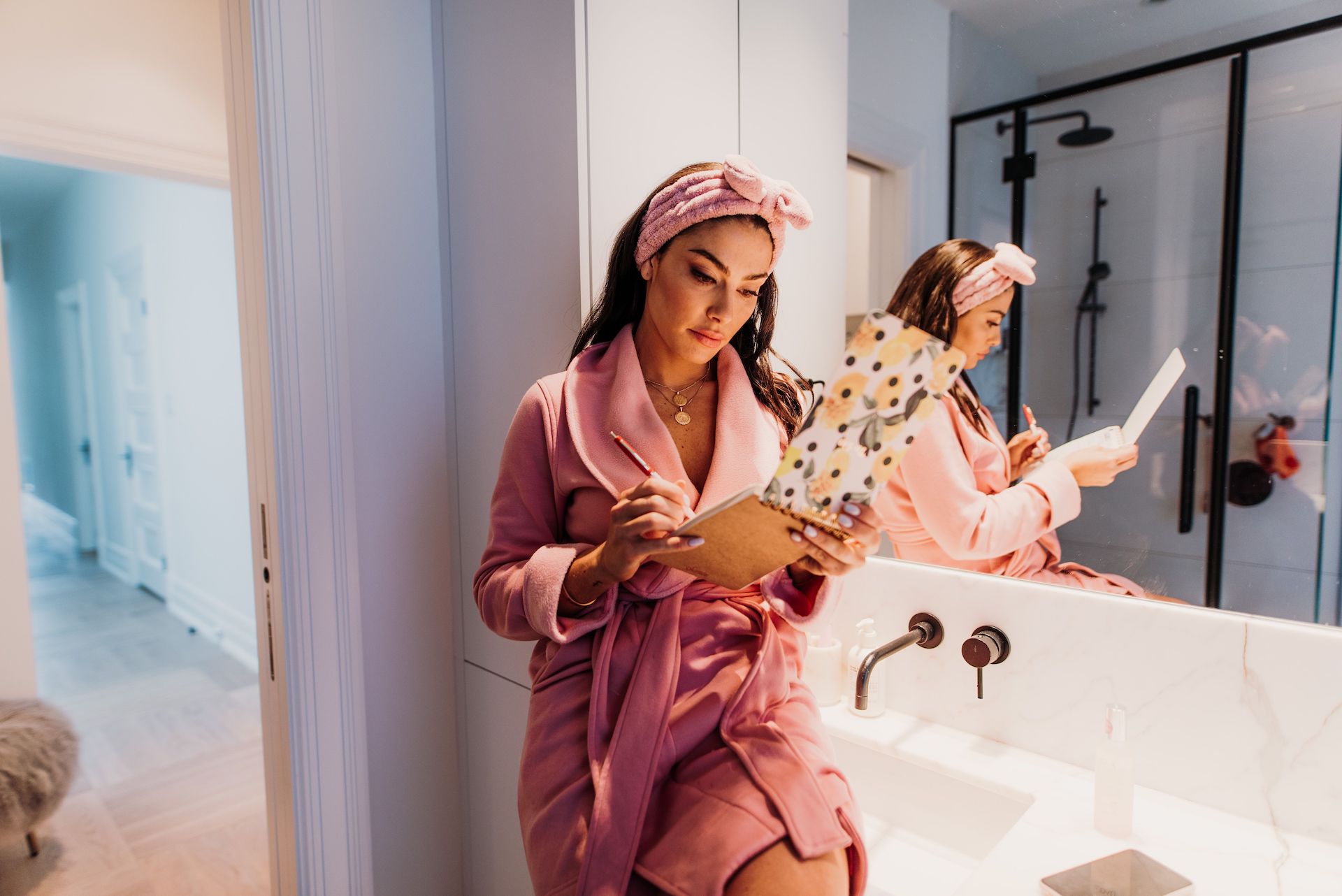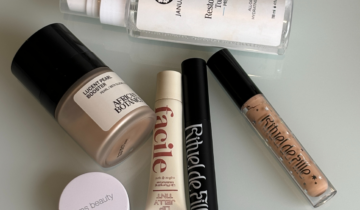It has become difficult to navigate what is actually “clean” in the world of beauty products. The global cosmetics industry is a $600 billion a year industry, yet the regulations are very loose. Thousands of chemicals are put into our everyday personal care products, yet manufacturers are not obligated to disclose them. Only when a problem arises (usually someone sues because of the health impacts they’re experiencing), does regulation call for disclosure of these chemicals. Studies have shown that the same chemicals used in plastics, building materials and embalming fluid are found in products we put on our skin, and even in our mouths. Most of these chemicals are known endocrine disruptors, greatly affecting our health and even causing cancer.
Making good choices for your health while also being able to enjoy using the many effective beauty products on the market can feel overwhelming. On one hand we are constantly being told how amazing certain products are and on the other hand we can do a quick search on one of these databases below and see that they can be harmless to our health over time.
The government doesn’t review the safety of products before they’re sold. In North America we have 1300 ingredients that are allowed in our self care products that are banned in Europe. What this tells us is, we are responsible and need to take control, not only of what we are putting in our bodies but also on our bodies.
Below are three resources that can be helpful while trying to navigate and understand if your favourite product is helping you or harming you.
We have also linked an article contributed by Living With Ivey here that breaks down what to watch out for in your products and why.
EWG Skin Deep
The database we trust most is EWG Skin Deep. Although not every product can be found on there, there is a good amount and it gives products ratings and calls out harmful ingredients in a clear way to understand. You can download their app or check out their website. Input the item you are looking for and you will be given a “safety score” as well as a breakdown of ingredient concerns.
This is an excellent resource and can be used on more than just beauty and self care products. You can check household products as well.
Credo Beauty Dirty List
https://credobeauty.com/pages/the-dirty-list-1
This is a great place to get more information on ingredients.
If you are unable to find the product you are looking for on EWG or Think Dirty you can head over to check out this list. Credo is a clean beauty store that is popular in the US. They have the highest standards and only sell products that are safe not only for you but also the environment. You can simply pull up the ingredients in the item you are concerned about and cross check if it contains the harmful ingredients listed in the Credo dirty list.
Think Dirty App
ThinkDirty, like EWG, is available as an app. You scan or input a product and you get a score/ rating on a product. Many people like this app because it’s also visually appealing and they offer alternative options that are similar to the product you look up that have better ingredients. Another cool aspect of the ThinkDirty app is that they have brands that can apply to be “approved” meaning once they are given their stamp of approval you don’t need to worry about researching every ingredient.
Understanding what’s good for us vs. What could be harming us doesn’t need to be overwhelming. It just requires a little patience and an extra few minutes to take the time and do the research. These sites and apps have made it easy for consumers to understand how to give themselves the best they can.








 No products in the cart.
No products in the cart.